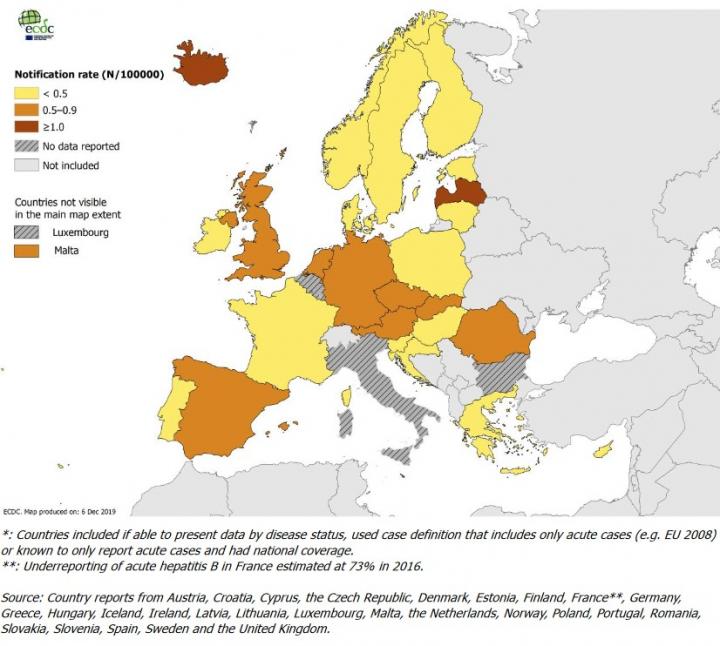Data for the continuum of care for the numbers of Hepatitis B and C diagnoses and those in treatment and care are lacking in most countries but what data are in show one thing clearly; 80 percent of people living with hepatitis B and C infections appear to be undiagnosed and that many of those who have been diagnosed with hepatitis B and C infection are not receiving life-saving treatment. Available evidence also indicates that those at high risk of infection, including people who inject drugs and people in prison, are not being effectively targeted for testing.
Thanks to recent advances, Hepatitis B and C can be wiped out. The costs for the treatment is not cheap but a tiny fraction of the amount saved once the diseases get out of control. Yet the EU may be only thinking about money costs now rather than money saved because 80 percent of people living with hepatitis B and 75 percent of people with hepatitis C infection across the European Union and European Economic Area (EU/EEA) and the UK have not even been diagnosed. It has to be that the health systems simply don't want to know, or they regard those with it as having made lifestyle choices and less worthy of care.
Whatever the real reason, mortality related to viral hepatitis remains high and there is very little evidence of progress towards the 2030 elimination target of a 65 percent reduction in mortality against the 2015 Sustainable Development Goal baseline.

"Looking at the latest monitoring results and surveillance data in 2020, we have to conclude that we are not on track to reach the 2030 target. To get there, Europe needs to massively scale up efforts to reduce the number of people who have never been tested for hepatitis B and C, especially among people at most risk of infection", says European Centre for Disease Prevention and Control Director Andrea Ammon. "Safe and effective vaccines are the main pillar for hepatitis B prevention. In addition, effective hepatitis treatment exists and improves the health of those who receive it. Treatment also helps preventing further transmission. It is as simple as that: people need to know their hepatitis status if we are to make progress towards eliminating these diseases by 2030."
European surveillance data show on-going transmission of hepatitis B and high annual levels of hepatitis C diagnoses. But according to recent ECDC findings, only a few countries across the EU/EEA have met the 2020 target of the European Action Plan to diagnose 50% of people with chronic hepatitis. Early diagnosis and linkage to care bring strong individual and public health benefits: effective viral hepatitis treatment either eliminates or suppresses the viruses significantly which in turn means that those on treatment interrupt existing transmission chains, preventing further infections.
The ECDC testing guidance provides an overview of effective strategies to identify those with undiagnosed infection and highlights the importance of community testing and the integration of testing services (e.g. HIV and hepatitis) to enable synergies and efficiency in times of resource constraints.